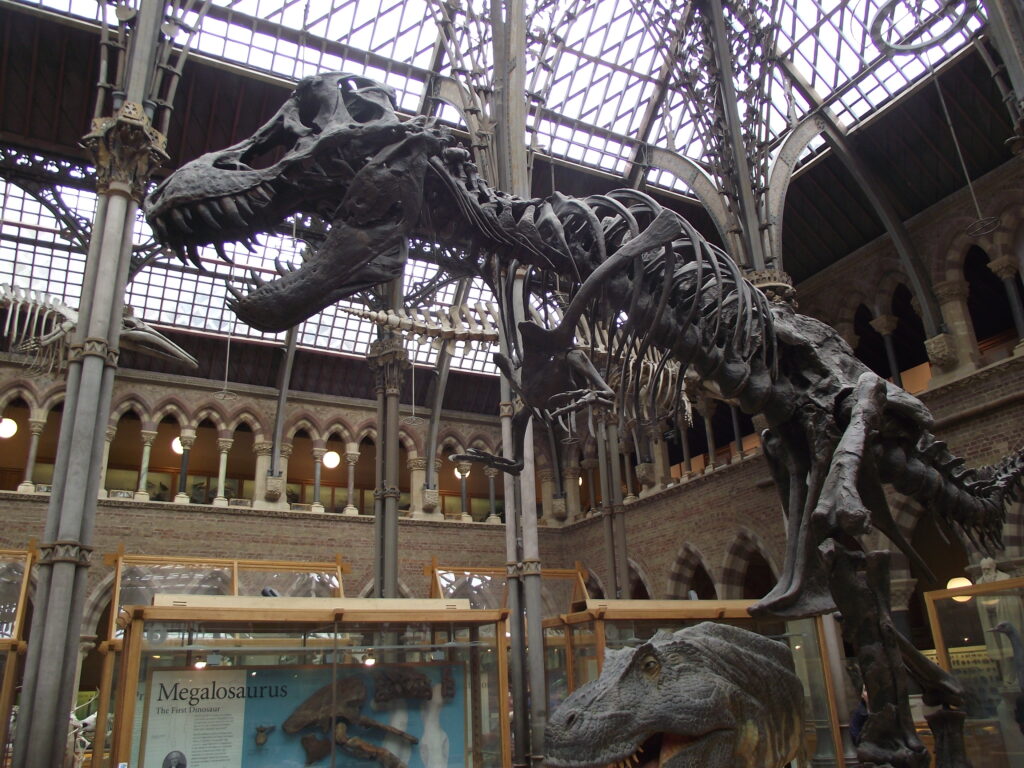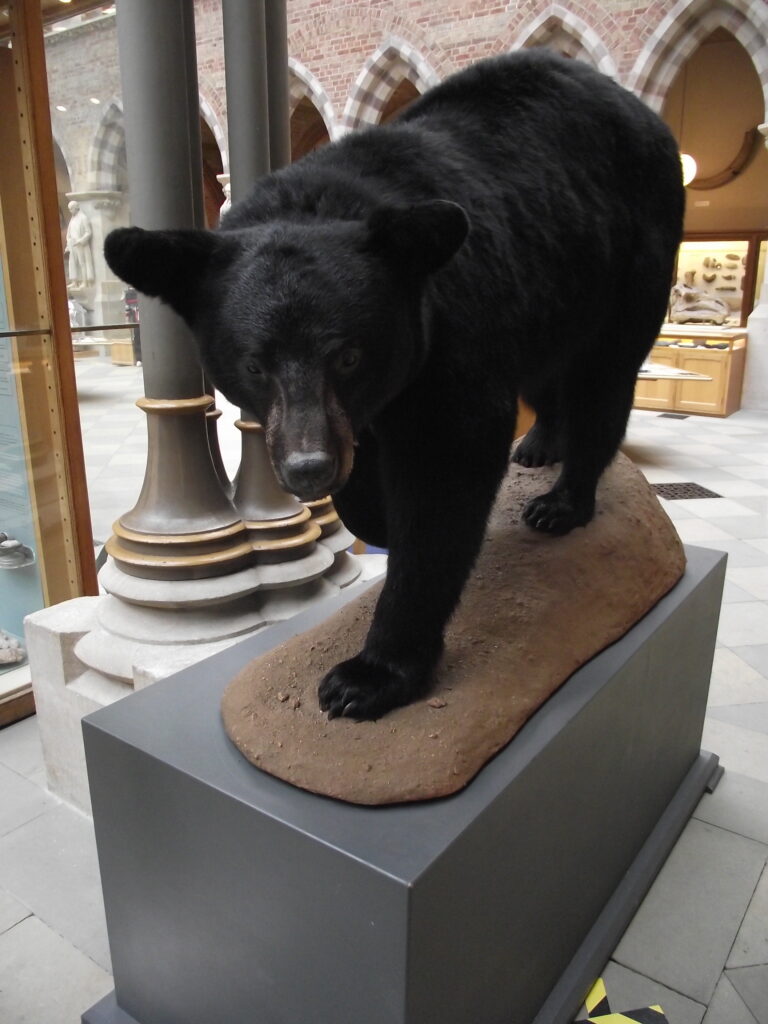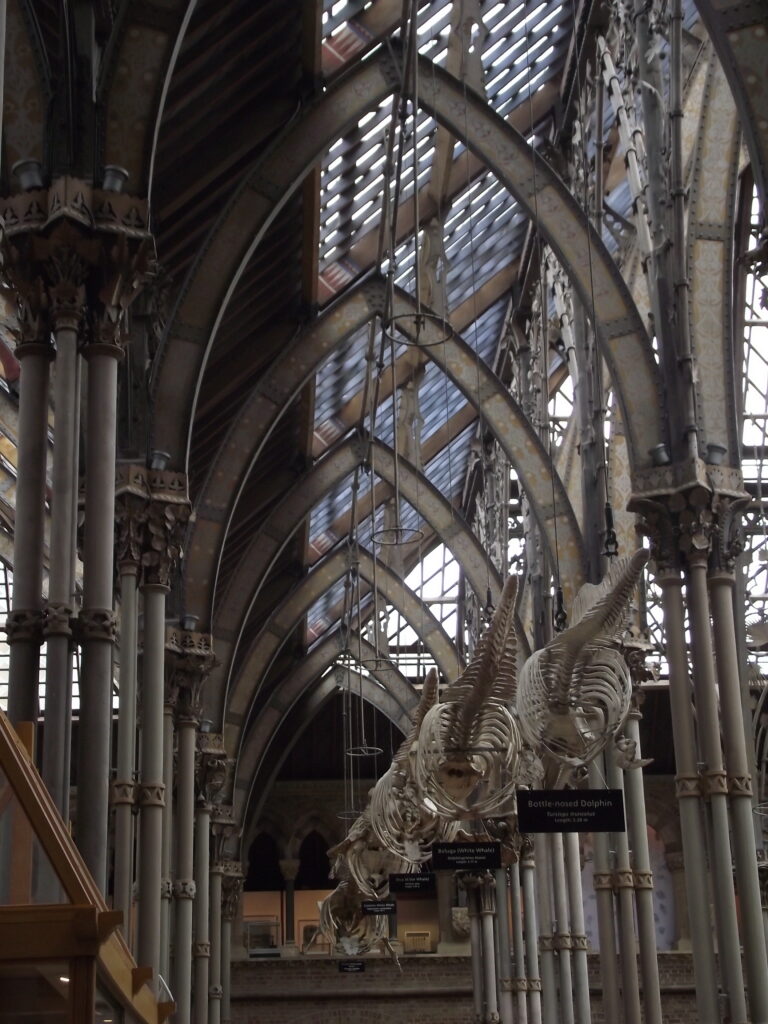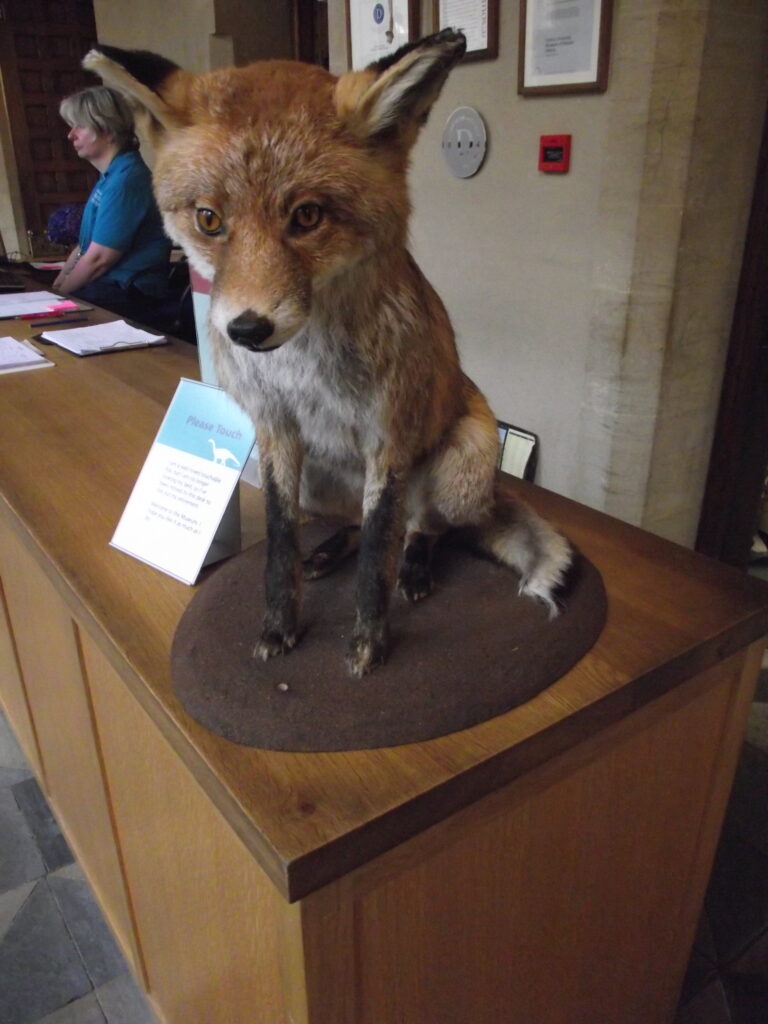When you walk into the Natural History Museum in Oxford, it is easy to be over whelmed by the bright and airy interior, filled with numerous treasures from the delicate glittering rocks of the geology collections to the assorted skeletons that fill its space. However it is one of the more humble objects in the museum collection that I choose to investigate further.
Sitting to the left of the main entrance doors on the furthest end of the customer service desk of the museum, sits one of the saddest looking examples of taxidermy that I have ever laid eyes on! A lonely Red Rox (Vulpes Vulpes).
With its fur beginning to thin in some places and a general air of age and deterioration from over use, this fox might not be the most dramatic, exciting or unique object but it is the museums’ use and interpretation of this item that caught my eye.
Placed next to the fox is a polite notice inviting visitors to touch it, it explains that the fox is no longer looking its best and has been placed on the desk for visitors to see and touch.
This type of museum object is, as previously mentioned, not particularly unique or exciting. It is an example of an item that many museums in the UK will hold, some will have multiple examples such as this. It would be possible for the museum to arrange for the disposal of this fox, as an item who’s degradation is at a point where its conservation or storage costs will overtake it importance or value. However the museum have created an opportunity for tactile interaction and interpretation. The opportunity for visitors, young and old, to interact with a museum object in a way that would not normally be possible, meaning the museum is able to extend the life and practical uses of its collections.





